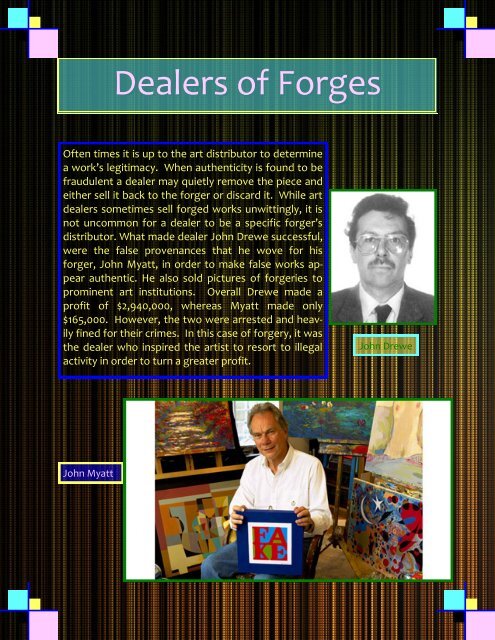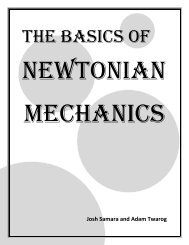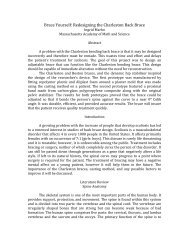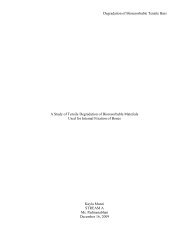Art Forgeries and Their Detection - the Scientia Review
Art Forgeries and Their Detection - the Scientia Review
Art Forgeries and Their Detection - the Scientia Review
Create successful ePaper yourself
Turn your PDF publications into a flip-book with our unique Google optimized e-Paper software.
Dealers of Forges<br />
Often times it is up to <strong>the</strong> art distributor to determine<br />
a work’s legitimacy. When au<strong>the</strong>nticity is found to be<br />
fraudulent a dealer may quietly remove <strong>the</strong> piece <strong>and</strong><br />
ei<strong>the</strong>r sell it back to <strong>the</strong> forger or discard it. While art<br />
dealers sometimes sell forged works unwittingly, it is<br />
not uncommon for a dealer to be a specific forger’s<br />
distributor. What made dealer John Drewe successful,<br />
were <strong>the</strong> false provenances that he wove for his<br />
forger, John Myatt, in order to make false works appear<br />
au<strong>the</strong>ntic. He also sold pictures of forgeries to<br />
prominent art institutions. Overall Drewe made a<br />
profit of $2,940,000, whereas Myatt made only<br />
$165,000. However, <strong>the</strong> two were arrested <strong>and</strong> heavily<br />
fined for <strong>the</strong>ir crimes. In this case of forgery, it was<br />
<strong>the</strong> dealer who inspired <strong>the</strong> artist to resort to illegal<br />
activity in order to turn a greater profit.<br />
John Myatt<br />
John Drewe

















